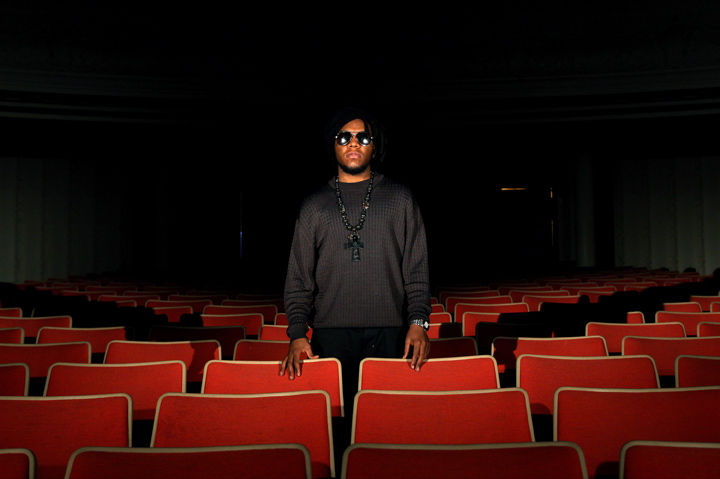Black Panthers remembered through film and spoken word
February 10, 2015
Art can be used as a medium to deliver unheard messages to the masses. The documentary “778 Bullets” and the poem derived from it do just that regarding a piece of Carbondale history.
The film was directed by Angela Aguayo, an assistant professor in cinema and digital culture, and inspired a poem written by B.Rael Ali, a senior from Chicago studying art.
Both pieces are based on the Nov. 12, 1970 event when university, city and state police fought in a 90 minute gun battle, shooting 778 bullets into the home of students affiliated with the Black Panthers.
Advertisement
Aguayo, a former Los Angeles resident, had been digging for local stories involving civil rights since coming to the university six years ago.
“As a filmmaker I am interested in undocumented history,” she said. “Partly because our history and our sense of ourselves cannot be whole until we include the voices ignored.”
778 Bullets Trailer from Angela Aguayo on Vimeo.
Aguayo said she initially had trouble finding civil rights narratives in Carbondale until she heard rumors about a Black Panthers group in town. She said she was impressed by the diversity in such a rural and seemingly stagnant area.
Aguayo said she found a clipping of the 1970 incident. She researched the event extensively, going through court documents and newspaper articles, spending more than a year communicating with witnesses and community members.
“Documentaries as a film form are primarily interested in the types of stories that are unseen,” she said. “Ideas not documented by fiction, not documented by news.”
Advertisement*
Aguayo said the movie, released in 2013, depicts the institutions of policing. There is a rough relationship between the police and people of Carbondale, particularly a divide between the black and the white sides of town, she said.
“This kind of problematic relationship between police and community has existed here for decades,” she said. “These kind of tensions could easily erupt in towns like this where we are surrounded by sundown towns.”
Creative work about the incident did not stop after the film’s release.
Ali said after viewing Aguayo’s film at Longbranch Café and Bakery he was inspired to talk about social issues, some of which are still evident today.
{{tncms-asset app=”editorial” id=”0eb3f1b8-b1ab-11e4-b6ee-bb48e3525a58″}}
“Sharing the video was a little bit difficult to get the message out,” Ali said. “Me going to an open mic helped put it into people’s preferred format.”
Ali said the poem, by the same title, discusses negative stereotypes put on African-American males. It is about knowing the history of revolutionary figures including Malcolm X and the Black Panthers, who were labeled as “militant,” he said.
“In grammar school we did not have the talk of who we are historically,” he said. “We are taught more about our oppression than our victories.”
The decision to create a spoken word poem came organically, Ali said. The rhythm draws people in and the vibe grabs attention, he said, making it better than a normal speech.
{{tncms-asset app=”editorial” id=”7c189e16-b1ab-11e4-a692-875362d3ffa1″}}
Ali, who is also a dancer and painter, has art on display at Morris Library in an exhibit called “The Expressions of Freedom,” which is about African American identity and symbolism making up black culture. He will give a presentation about his work at 5 p.m. Feb. 25 at the library.
Advertisement








